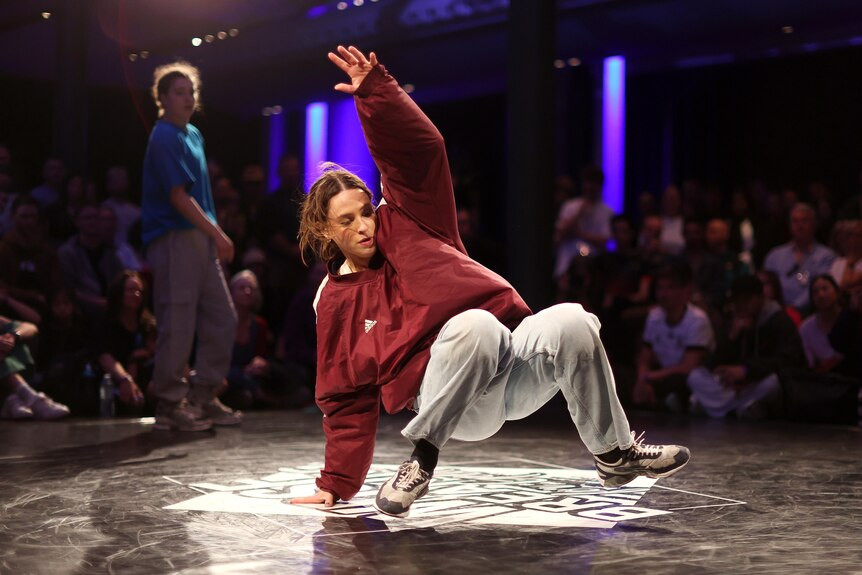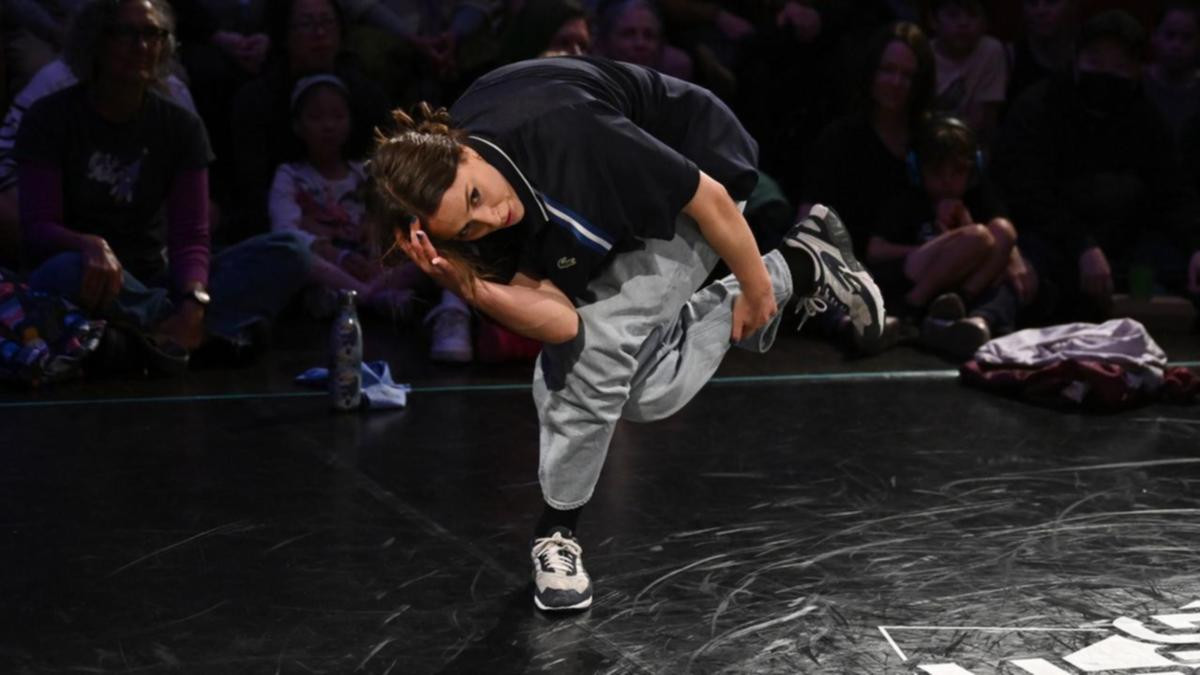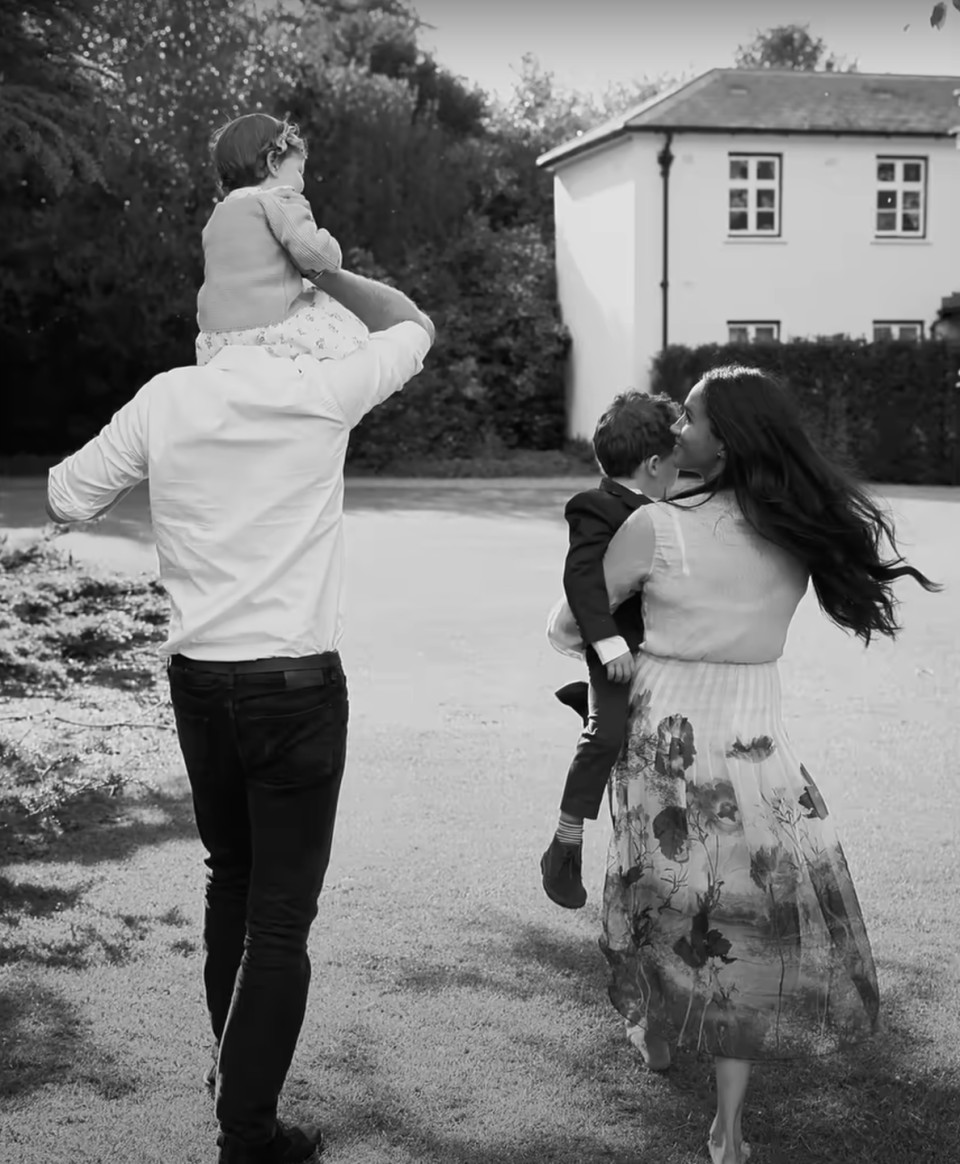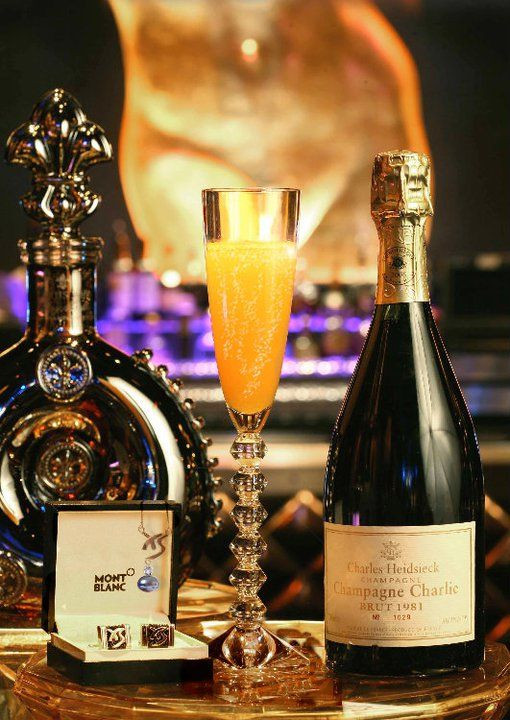With the breaking spun, won and done in an Olympics cameo in Paris, Australia’s B-girl Rachael Gunn, aka Raygun, has bowed out on her own terms.
But Australia’s first Olympic break dancer has hit back at critics who have slammed her performance at Paris 24, after she failed to receive a point from the judges and was knocked out at the round-robin stage.
Gunn turned heads with her performance that stood out from the show put on by the other breakers, and won plenty of admirers for her presence on stage as she wore her Australia team uniform in place of typical breaking gear.
“All my moves are original,” Gunn said on the inspiration for her performance. “Creativity is really important to me. I go out there and I show my artistry.
“Sometimes it speaks to the judges, and sometimes it doesn’t. I do my thing, and it represents art. That is what it is about.”
There was no doubt about the dynamic skills of the athletes, who are judged on creativity, personality, technique, variety, musicality and vocabulary, which is the variation and quantity of moves.
With two live DJs, competitors engaged in three judged battles, which involved two 60-second routines each, before the elimination round and then medals.
This article includes content provided by Instagram. We ask for your permission before anything is loaded, as they may be using cookies and other technologies. To view this content, click 'Allow and continue'.
An Olympic refugee team breaker, Manizha Talash, who was born in Afghanistan before fleeing due to the Taliban, made an early political statement by unveiling a cape during her round with the words “Free Afghan Women” and was applauded by her Dutch competitor India Sardjoe.
Raygun's Creative Style
“What I wanted to do was come out here and do something new and different and creative – that’s my strength, my creativity,” Gunn said.
“I was never going to beat these girls on what they do best, the dynamic and the power moves, so I wanted to move differently, be artistic and creative because how many chances do you get that in a lifetime to do that on an international stage.
“I was always the underdog and wanted to make my mark in a different way.”
Gunn was asked whether breaking deserved to be an Olympic sport but responded that it filled the criteria.
Olympic Breaking in the Spotlight
Sign up to Olympic and Paralympic briefing
Our daily email briefing will help you keep up with all the goings on at the Olympics and Paralympics
after newsletter promotion
“What is an Olympic sport? It’s so broad here... what are the similarities between dressage and artistic swimming and the 100m sprint and the pentathlon,” she said.
“Breaking is clearly athletic and it clearly requires a whole level of dedication across a number of different aspects so I feel like it meets that criteria. And it’s really bringing a new level of excitement.”
Japanese B-girl Ami Yuasa won gold, topping all three rounds in a gold medal battle against Nicka (Dominika Banevic) from Lithuania.
“Breaking is my expression,” Yuasa said, “(an) expression, an art, but I want to say that breaking also could be part of sports.”
Future of Breaking in the Olympics
While the athletes will compete for medals in Paris, the winners could become obscure trivia questions with Los Angeles not including it in the program in 2028 and Brisbane highly unlikely.
“It was disappointing that it was decided before we’d even had a chance to show it so I think that was possibly a little premature,” Gunn said.
“I wonder if they’re kicking themselves now, particularly because they’ve got some great American breakers who could totally be on the podium. But it’s not the end for breaking, the breaking culture is so strong.”
Australia’s 16-year-old B-boy Jeff Dunne, known as “J Attack”, will line up in the male competition on Saturday.


















